Cornrows, a traditional African style of hair braiding where the hair is braided very close to the scalp, have been a cultural staple for centuries. They are more than just a hairstyle; they are a symbol of artistry, heritage, and identity. However, amidst their popularity and significance, there is a growing question: do cornrow braids pull your hairline back? This concern is rooted in the potential risk of hairline recession due to traction alopecia. The purpose of this article is to delve into the relationship between cornrow braids and the possibility of damaging the hairline, exploring whether this iconic style could inadvertently contribute to hair health issues.
Cornrows and Traction Alopecia
Traction alopecia is a type of loss of hair caused by constant force on the hair shafts. It is widespread in those who wear tight hairstyles such as ponytails, buns, and, most notably, cornrow braids. When cornrow braids are installed, the hair is braided tightly, which can constantly pull the hair follicles along the hairline. If excessive or sustained, this tension can lead to inflammation and eventually damage the hair follicles, resulting in hair loss.
Risk Factors and Prevention
Understanding the risk factors for traction alopecia is critical in preventing it. While everybody can get traction with alopecia, some groups are more vulnerable. Women are at a higher risk, most likely because tight-tugging hairstyles are more common in women. Furthermore, those with very curly or kinky hair, such as those of African origin, may be more susceptible to this condition because of the prominence of traditional hairstyles like cornrow braids, which tug at the hair's roots.
Genetic Predisposition
There may also be a genetic predisposition for traction alopecia, as some individuals seem more likely to experience hair loss due to tension than others. This could be due to differences in hair follicle sensitivity and scalp elasticity.
Hairstyle Choices
The choice of hairdo is a significant risk factor. Cornrows, tight ponytails, buns, and weaves can all cause traction alopecia if worn excessively tightly or for an extended period. The hairline and temples are especially sensitive to these designs since the hair is weaker.
Hair Care Practices
How cornrow braids are maintained can also impact the risk of developing traction alopecia. Frequent manipulation, tight re-braiding, and heavy extensions can increase tension in the hair follicles. Furthermore, strong chemical treatments like relaxers or hair dye can weaken the hair shaft, making the scalp more vulnerable to injury from tight hairstyles.
You May Also Like: How to care for cornrow braids >>
Prevention Strategies
The good news is that traction alopecia is largely preventable with the right hair care strategies.
Proper Installation Techniques
Discuss with your stylist about not braiding them too tightly when obtaining cornrow braids. A good stylist should understand how to produce secure but not harmful cornrow braids. Avoid braids that create immediate discomfort or headaches, as pain indicates that the hair is pulled excessively tightly.
Scalp Care
Maintaining a healthy scalp is crucial for hair growth, leading many to wonder, "do cornrows help your hair grow?" While cornrows can potentially aid in hair growth by protecting the hair from environmental factors and reducing the need for daily manipulation, the key lies in the health of the scalp. Regular cleansing is vital to prevent product and oil buildup that can contribute to hair loss. Using natural oils helps to moisturize both the scalp and hair, improving elasticity and reducing the risk of breakage. This combination of protective styling and attentive scalp care can create an optimal environment for hair growth.
Regular Breaks
Giving your hair regular breaks from cornrow braids and other tension-inducing styles is critical. Alternating with looser styles that do not pull on the hairline allows your scalp to recuperate. During these intervals, pamper your hair and scalp with restorative masks and mild massages to boost blood flow and enhance hair health.
Hair Accessories and Extensions
Be mindful of the accessories and extensions used. Heavy extensions add extra weight to the hair, increasing the risk of pulling and tension. Opting for lighter extensions and minimizing the use of accessories that draw on the hair can help reduce the risk.
Professional Advice
For those who are at an increased risk of traction alopecia or who have already experienced symptoms, seeking advice from a dermatologist or a trichologist can be beneficial. These professionals can provide personalized advice on styling and caring for the hair to prevent further damage. JALIZA takes pride in this innovation, offering Braids Wigs that replicate the look and feel of traditionally braided hair. The brand's commitment to quality and style is evident in the intricate designs and the use of human baby hair for a more natural appearance. uBraids is not just a product but a celebration of heritage, enabling wearers to honor their roots while protecting their natural hairline from potential damage. With uBraids, choosing a protective style no longer means sacrificing the cultural significance of cornrow braided wigs or the health of one's hairline.
Early Detection
Early detection is critical in preventing permanent hair loss. Paying attention to early signs, such as small bumps around the hairline, redness, soreness, or thinning, can allow for timely interventions. If these symptoms are noticed, removing the cornrow braids may be wise, enabling the hair to rest.
By being proactive with these preventative measures, individuals can enjoy cornrow braids' cultural and aesthetic benefits without compromising the health of their hair and hairline. Proper care and attention make it possible to mitigate the risks and maintain a healthy, entire hairline.
You May Also Like: How to clean cornrow braids >>
Treatment and Management
If caught early, traction alopecia can be treated, and the hair can regrow. Treatments focus on reducing inflammation and stimulating the hair follicles. This can involve topical treatments, such as minoxidil or corticosteroid injections administered by a dermatologist. In more severe cases, hair transplant surgery may be an option.
Those experiencing signs of traction alopecia should consult a dermatologist promptly. Early intervention is crucial in preventing permanent hair loss.
Alternatives to Cornrows
Numerous alternative haircuts are softer on the margins and hairline for people concerned about the danger of traction alopecia. Loose braids, twists, and small box braids can help relieve the constant tension of cornrow braids. Changing hairstyles reduces stress and allows the scalp to breathe, resulting in healthier hair development.
Conclusion
Cornrow braids are a beautiful expression of culture and personal style, but they come with potential risks like any hairstyle that applies tension to the hair. It is critical for individuals to be aware of the signs of traction alopecia and to take preventative measures to protect their hairline. With proper care, it is possible to enjoy the beauty of cornrow braids without compromising hair health. At JALIZA, we understand the concerns surrounding traditional cornrow hairstyles and the potential for traction alopecia. That's why our brand is dedicated to offering a harmonious blend of culture and care through our premium Braids Wigs. These wigs, including our specialized cornrow wig designs, allow individuals to enjoy the timeless look of cornrow braids without the tension that can lead to hairline stress. Our cornrow wigs are meticulously crafted to mirror the intricate beauty of braids wig while ensuring that your natural hair remains untouched and free from the strain of conventional braiding techniques.
By staying informed and attentive to our hair care practices, we can honor our cultural heritage and maintain our hair's vitality for years. Whether choosing to wear cornrow braids or alternative styles, the key is to listen to our bodies and respond with love and care to the needs of our hair.


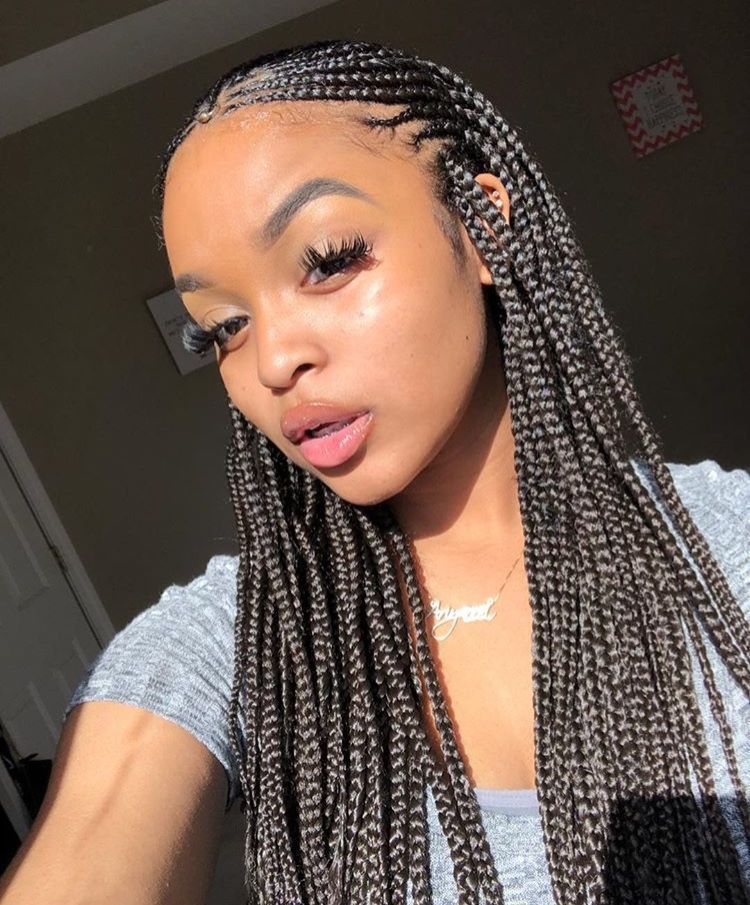
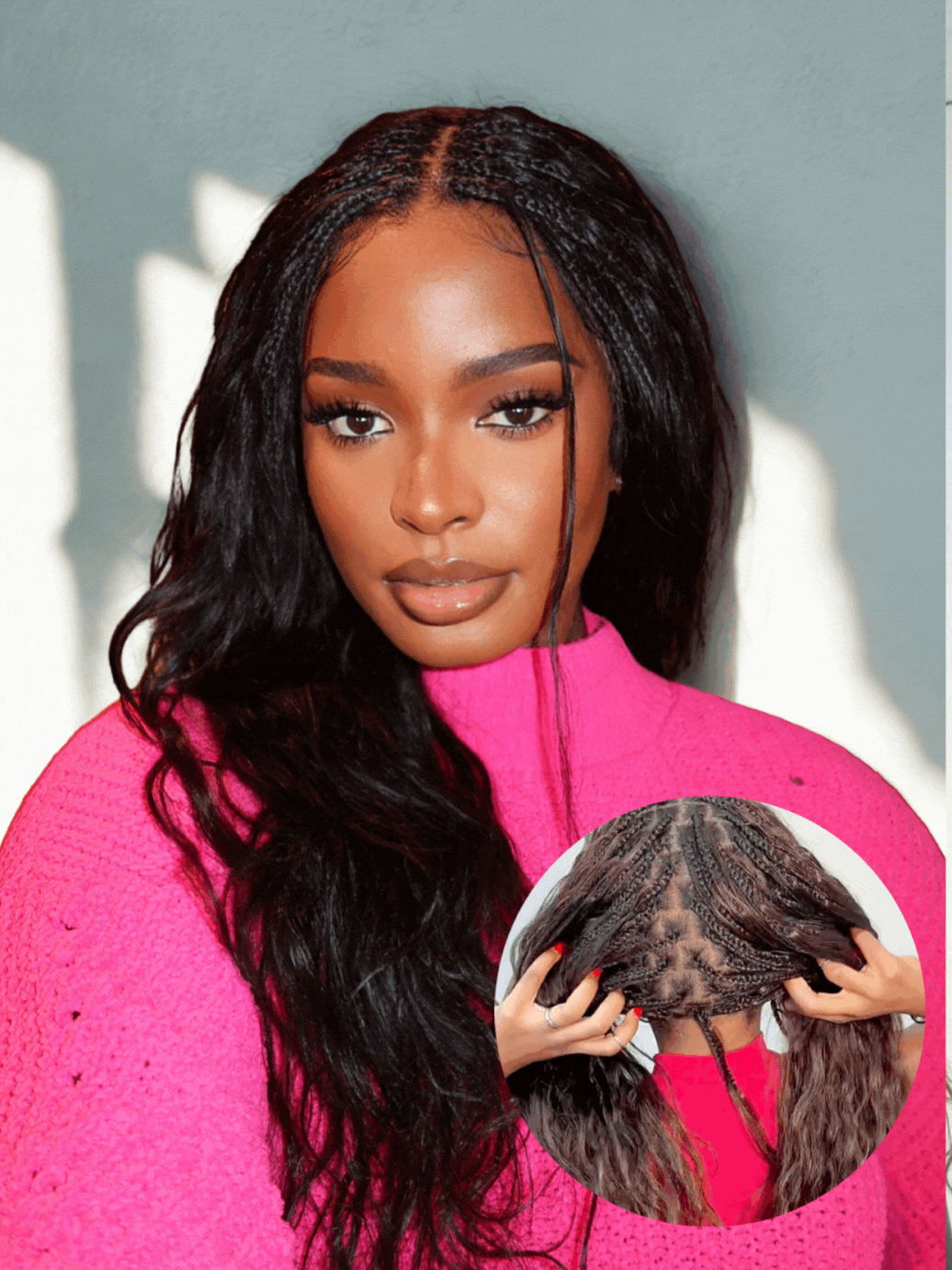
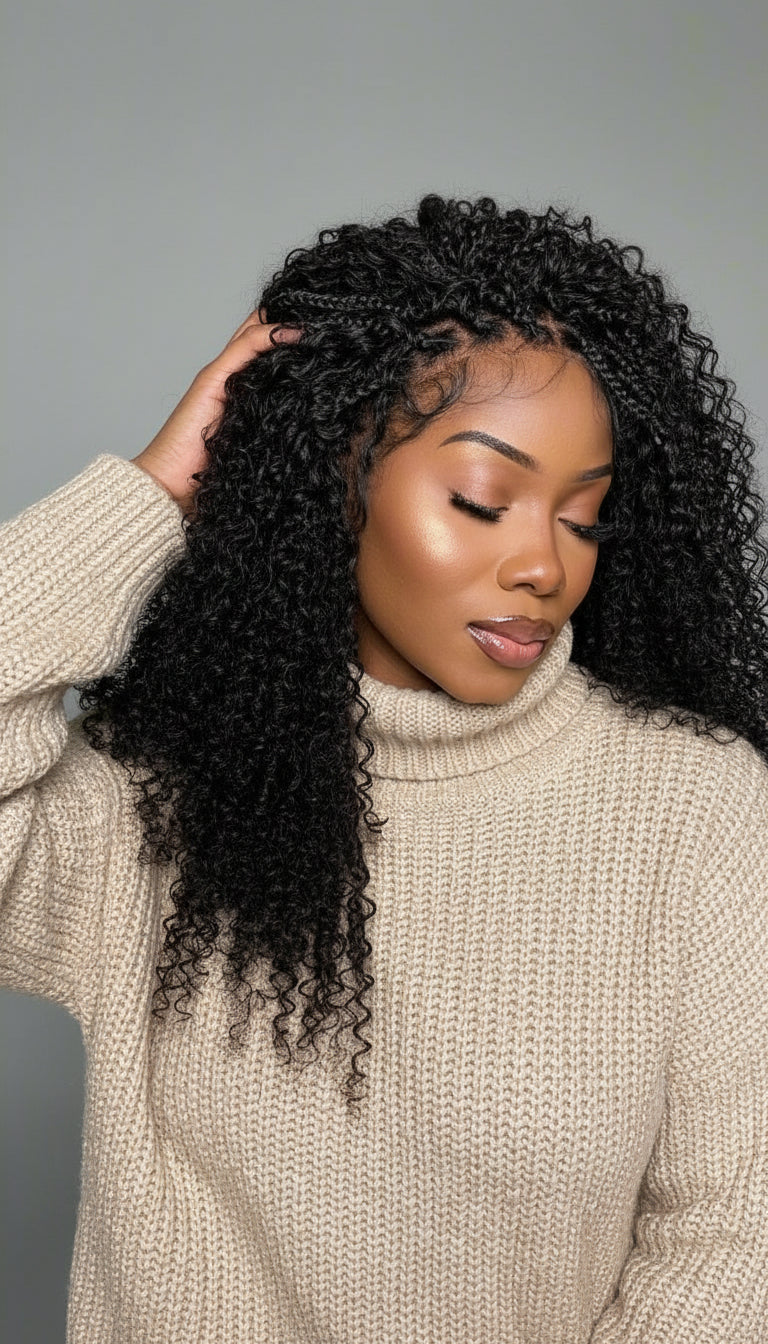
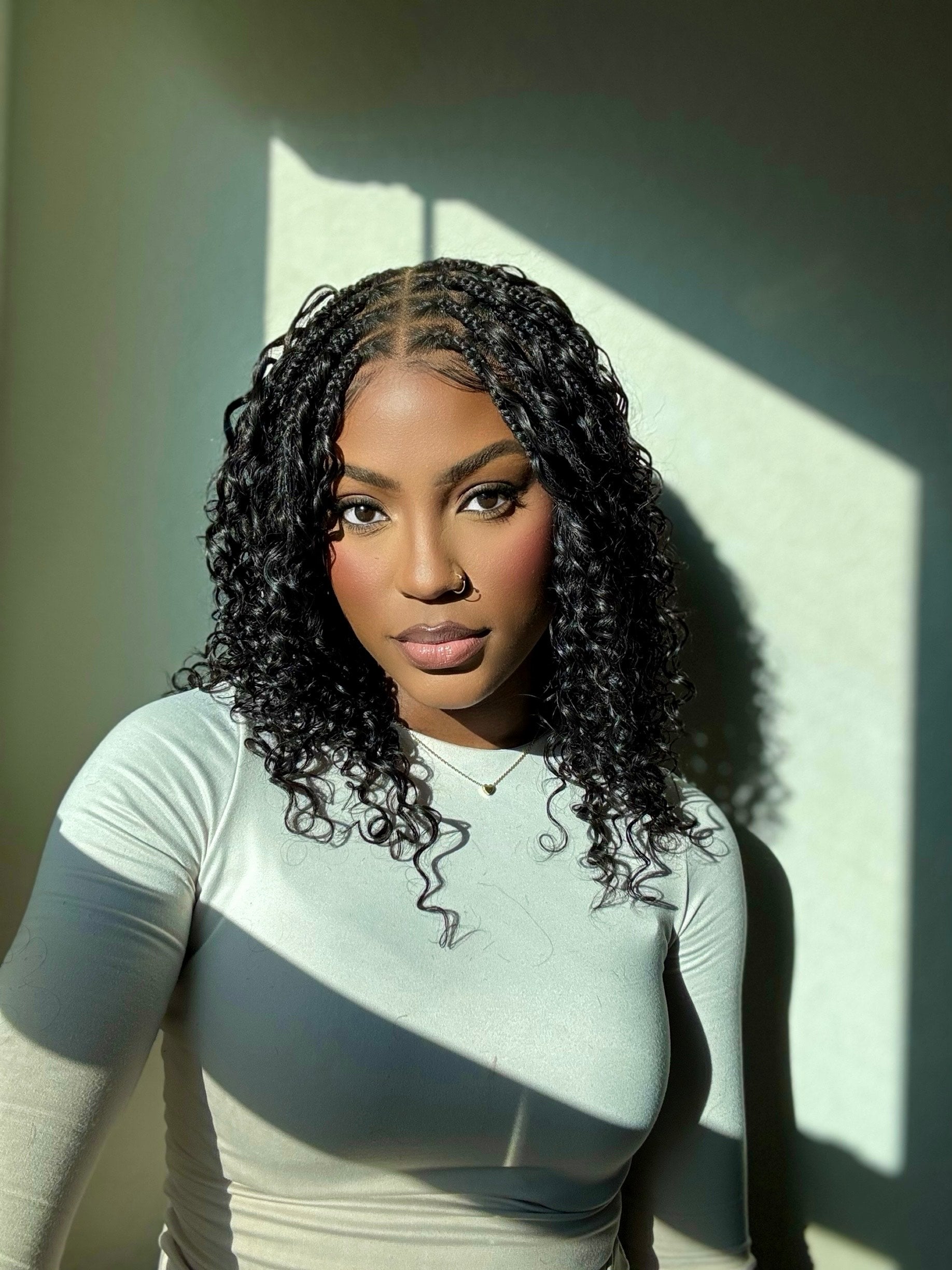
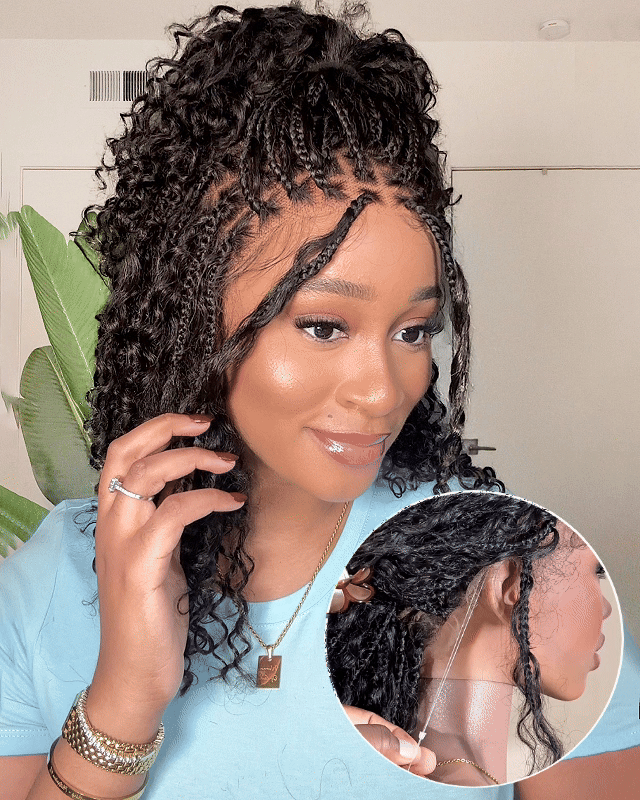
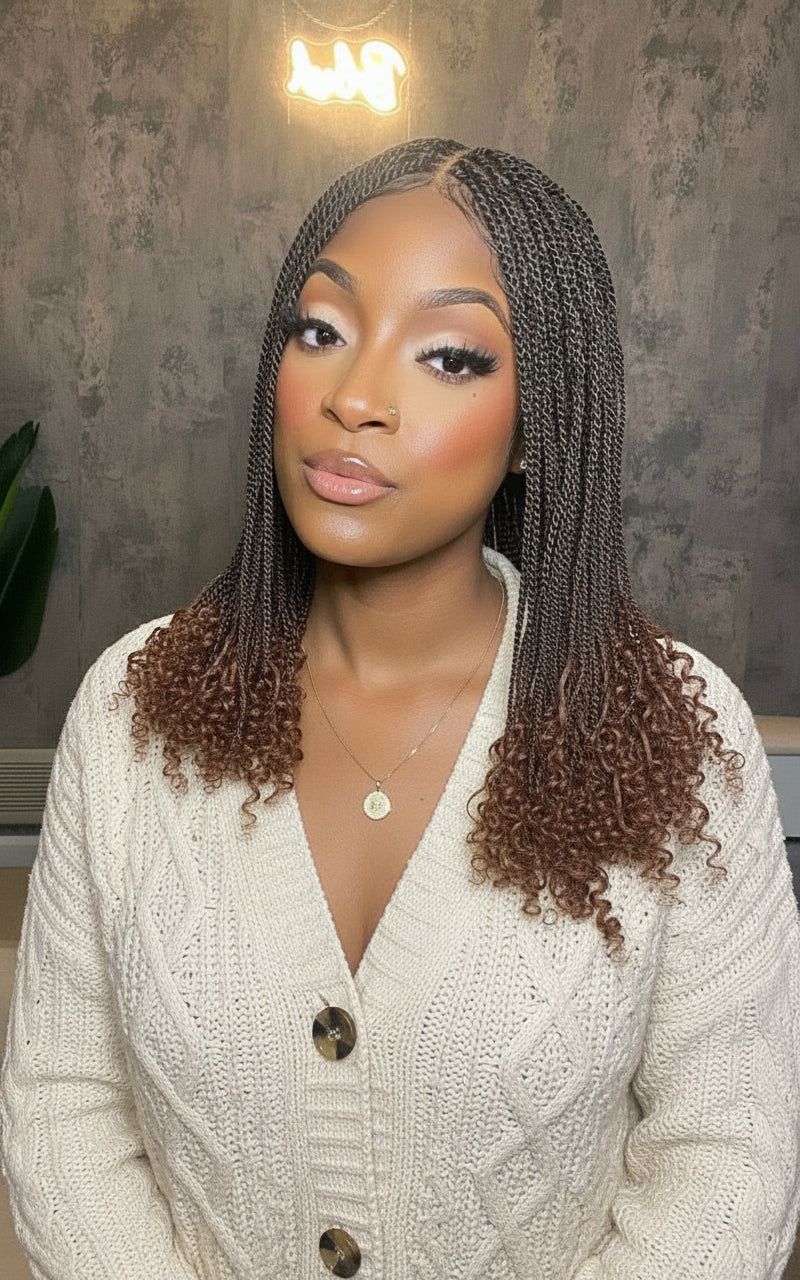
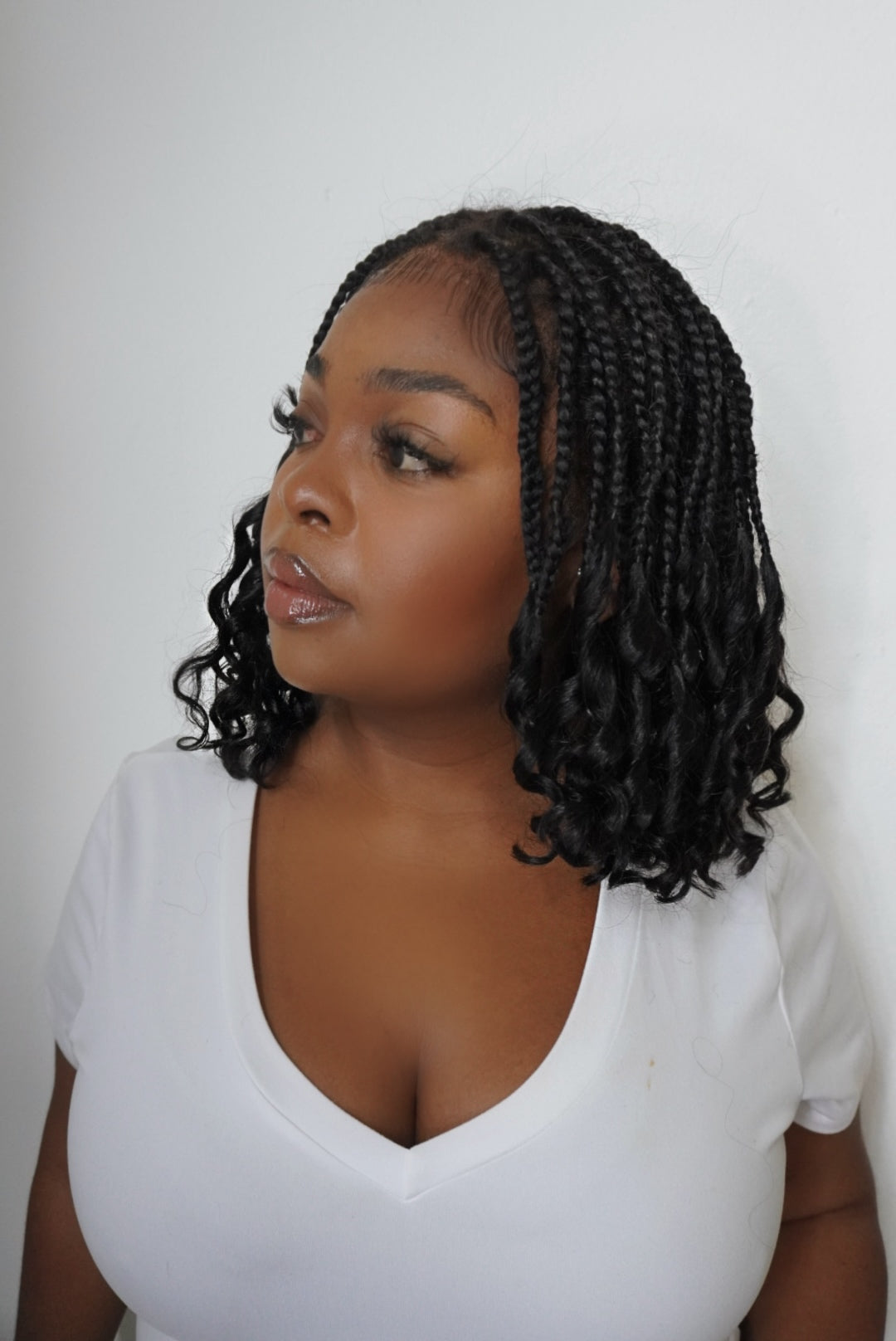
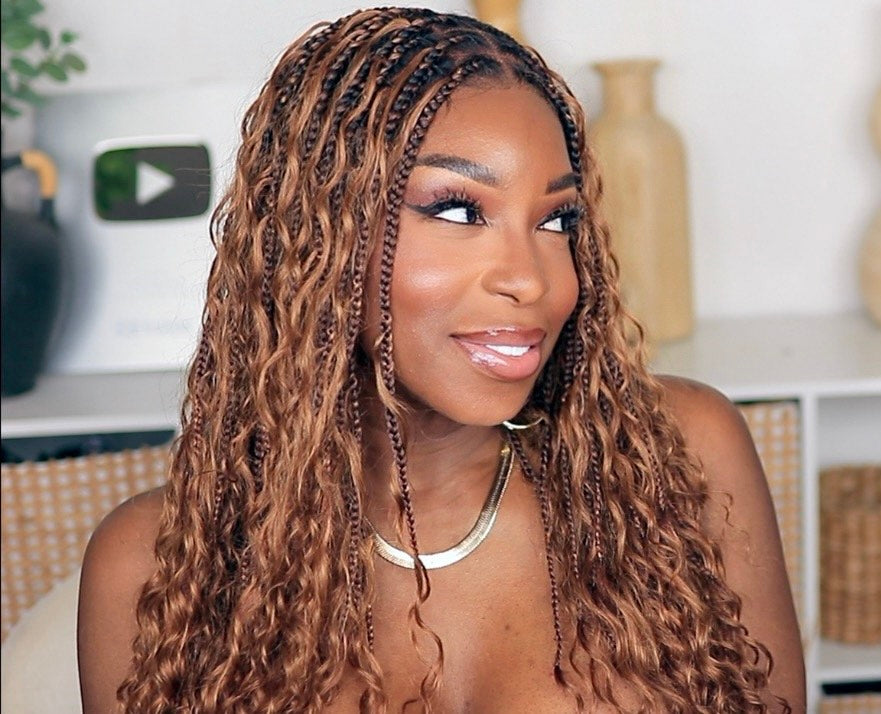
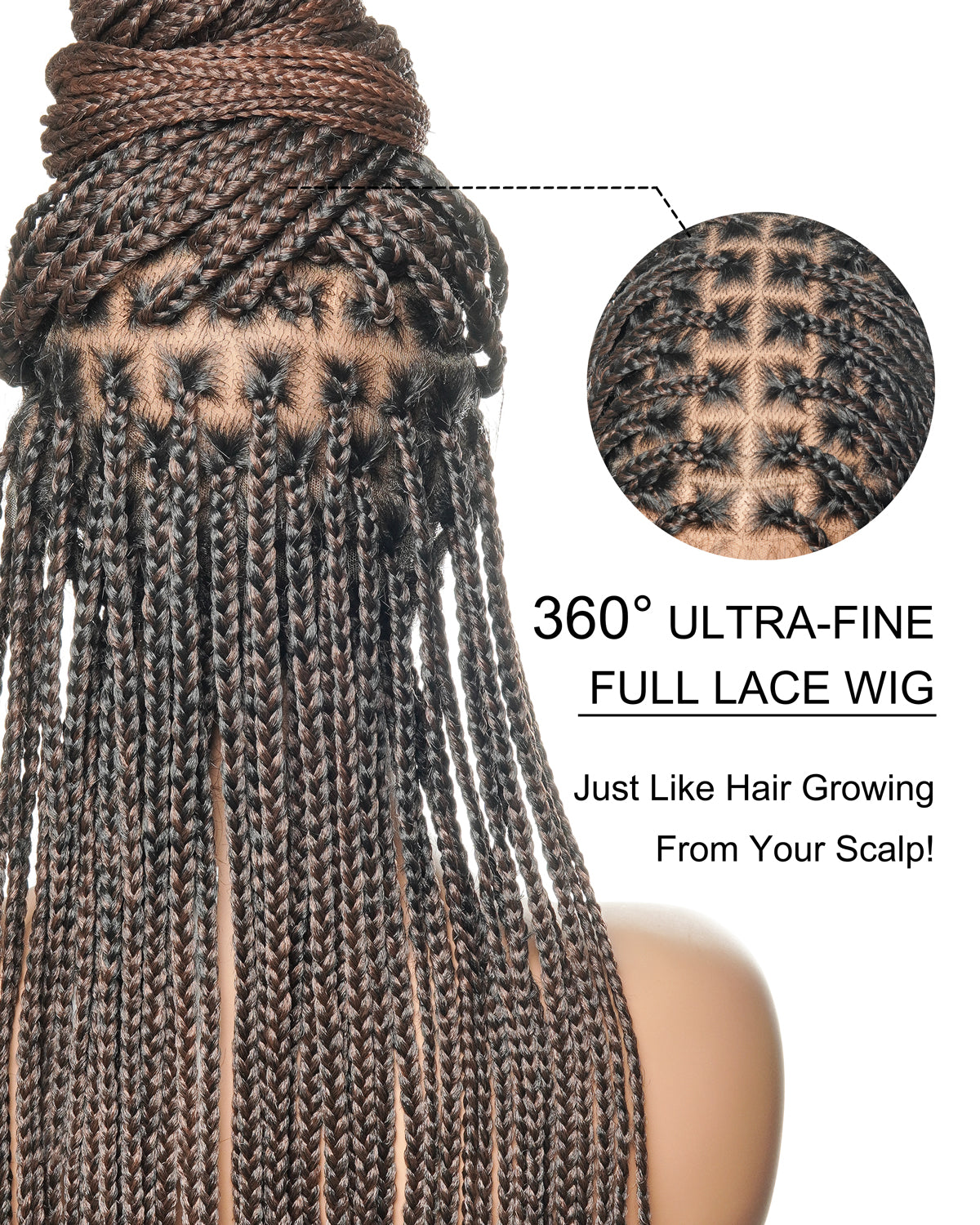
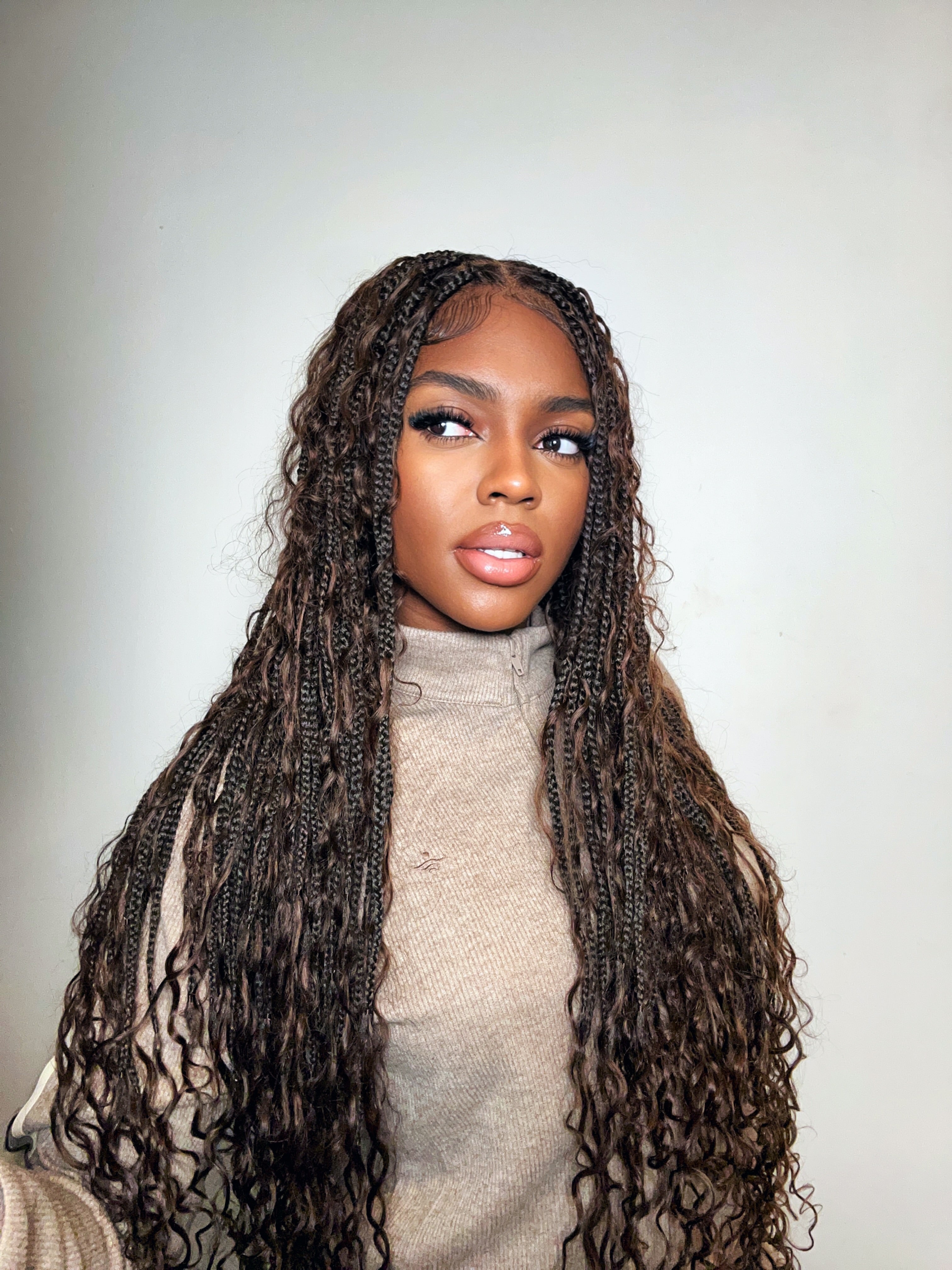

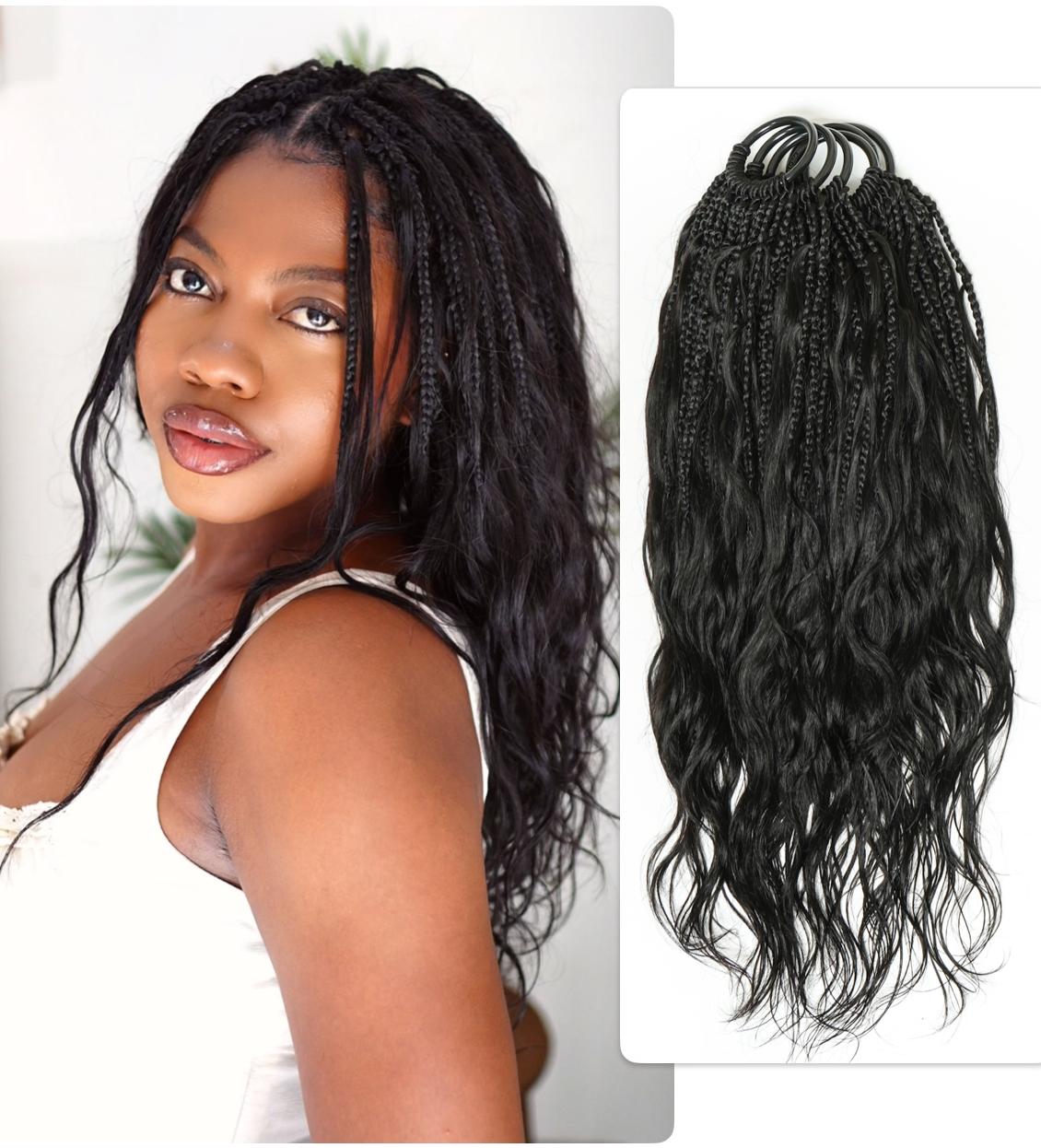
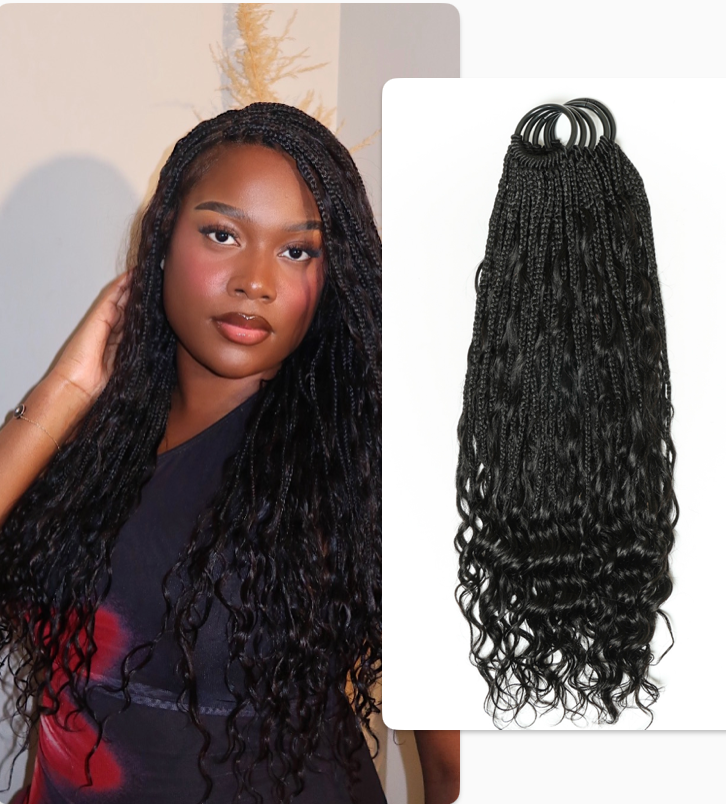
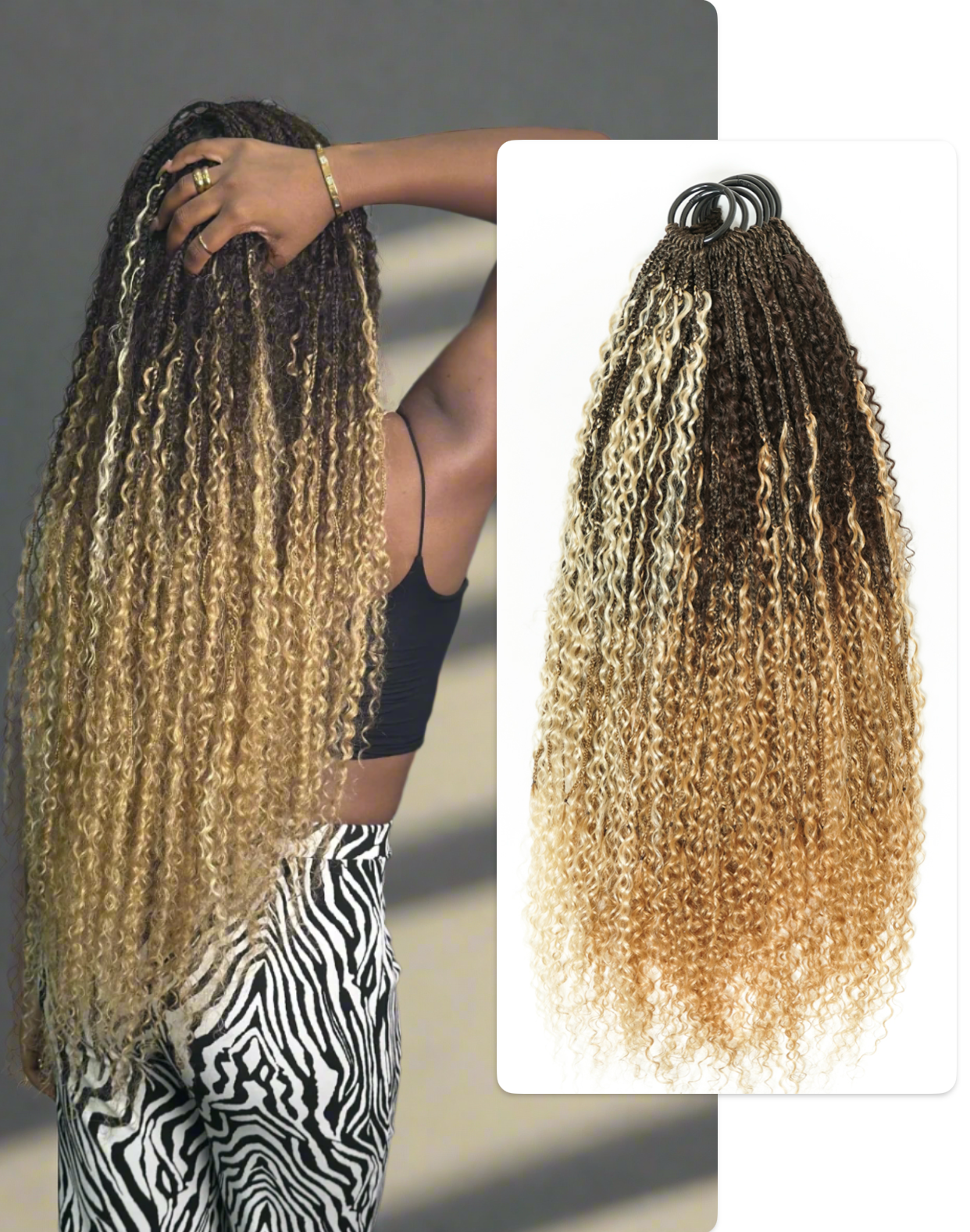
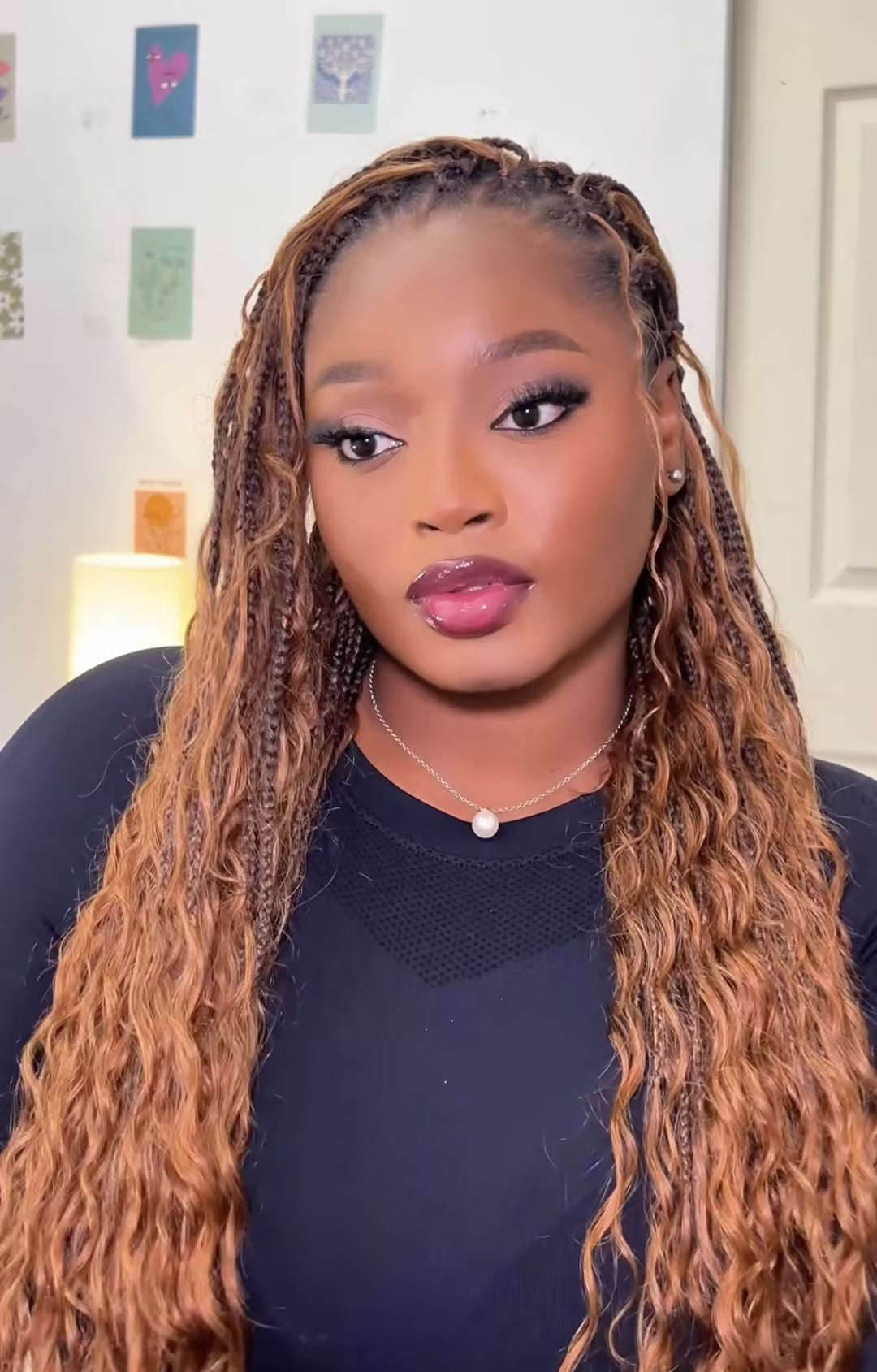
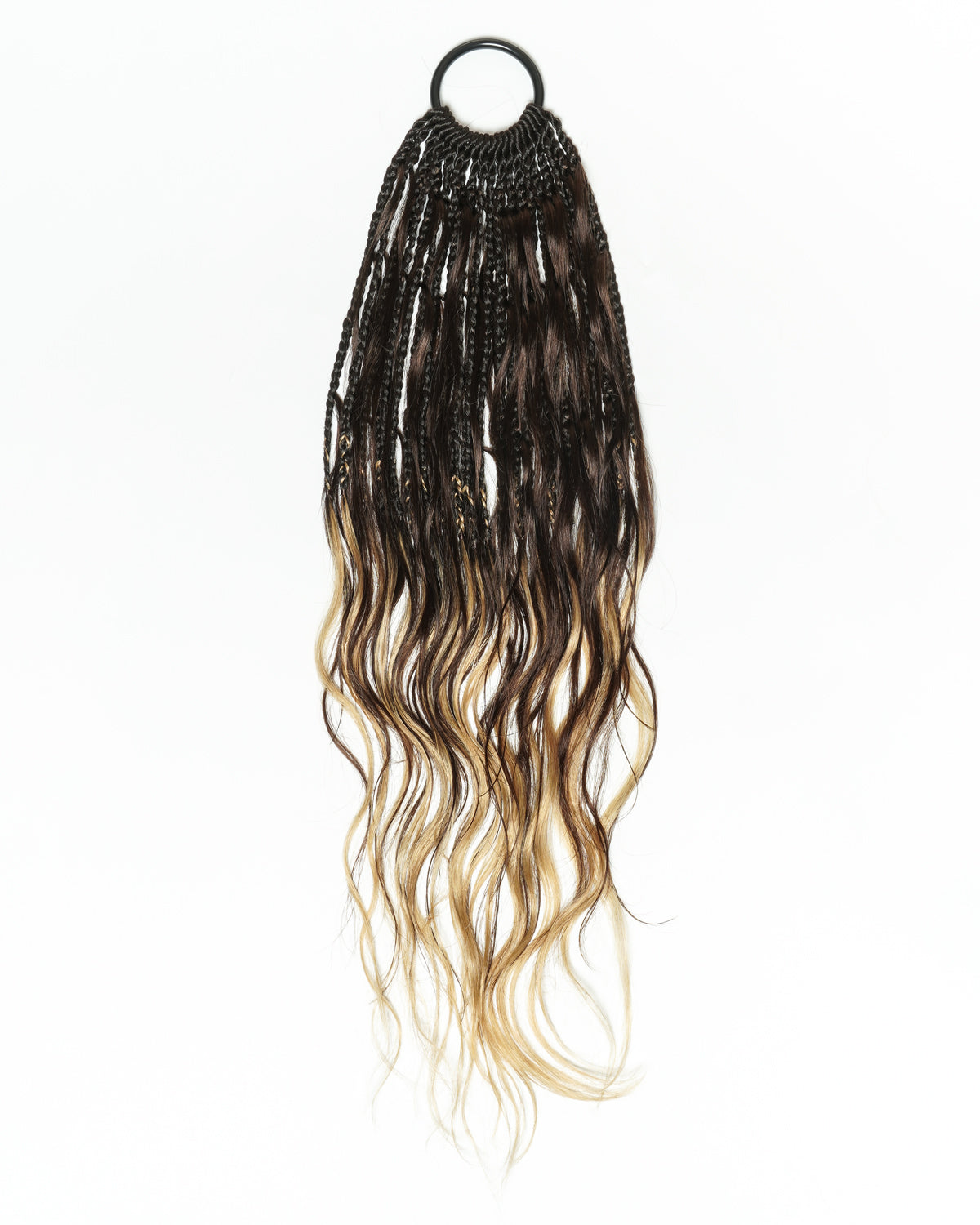
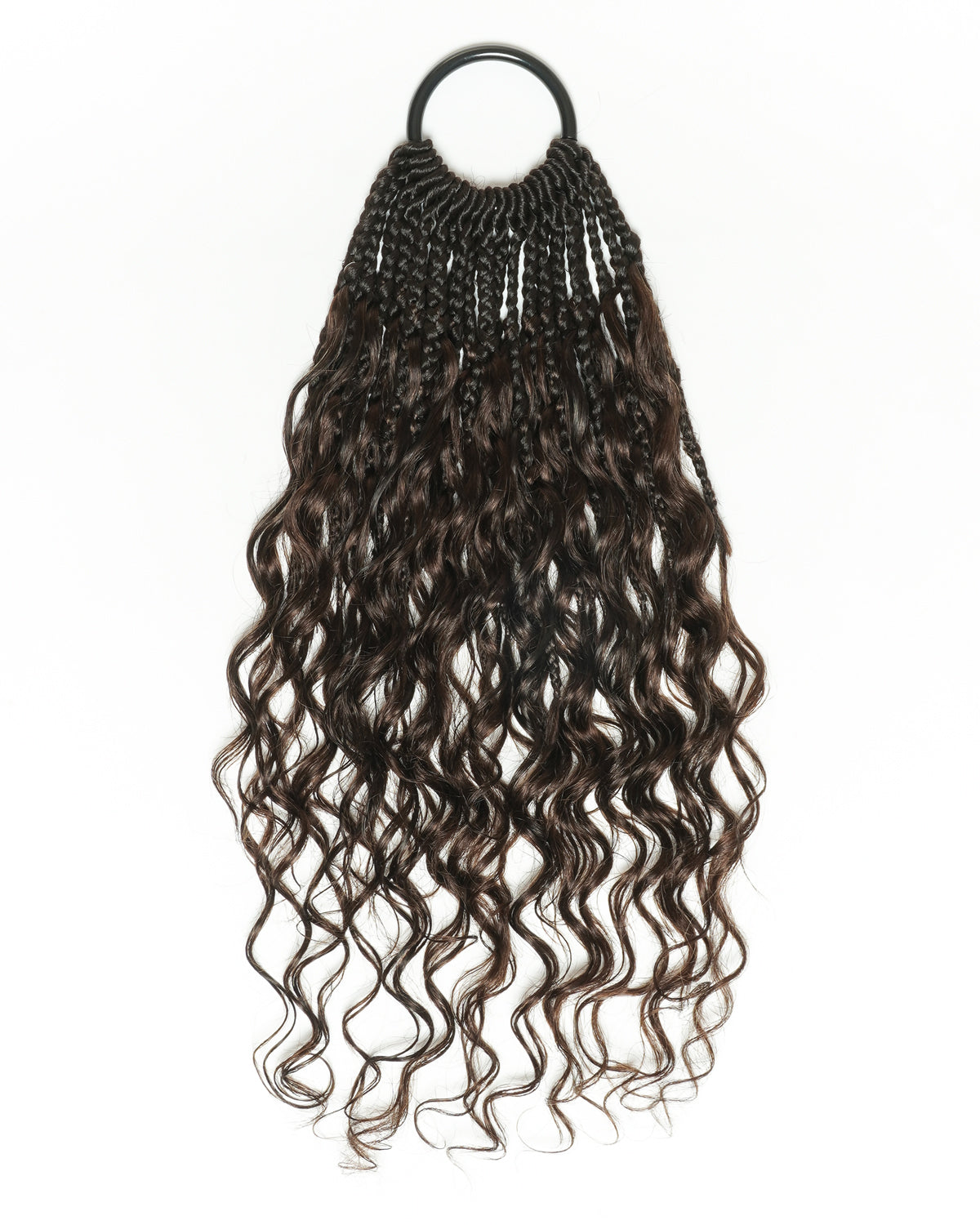
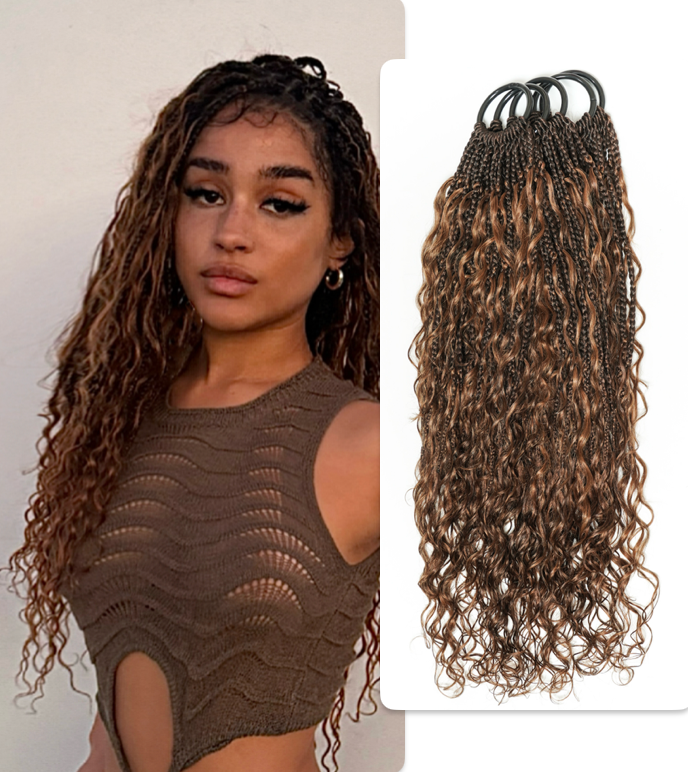
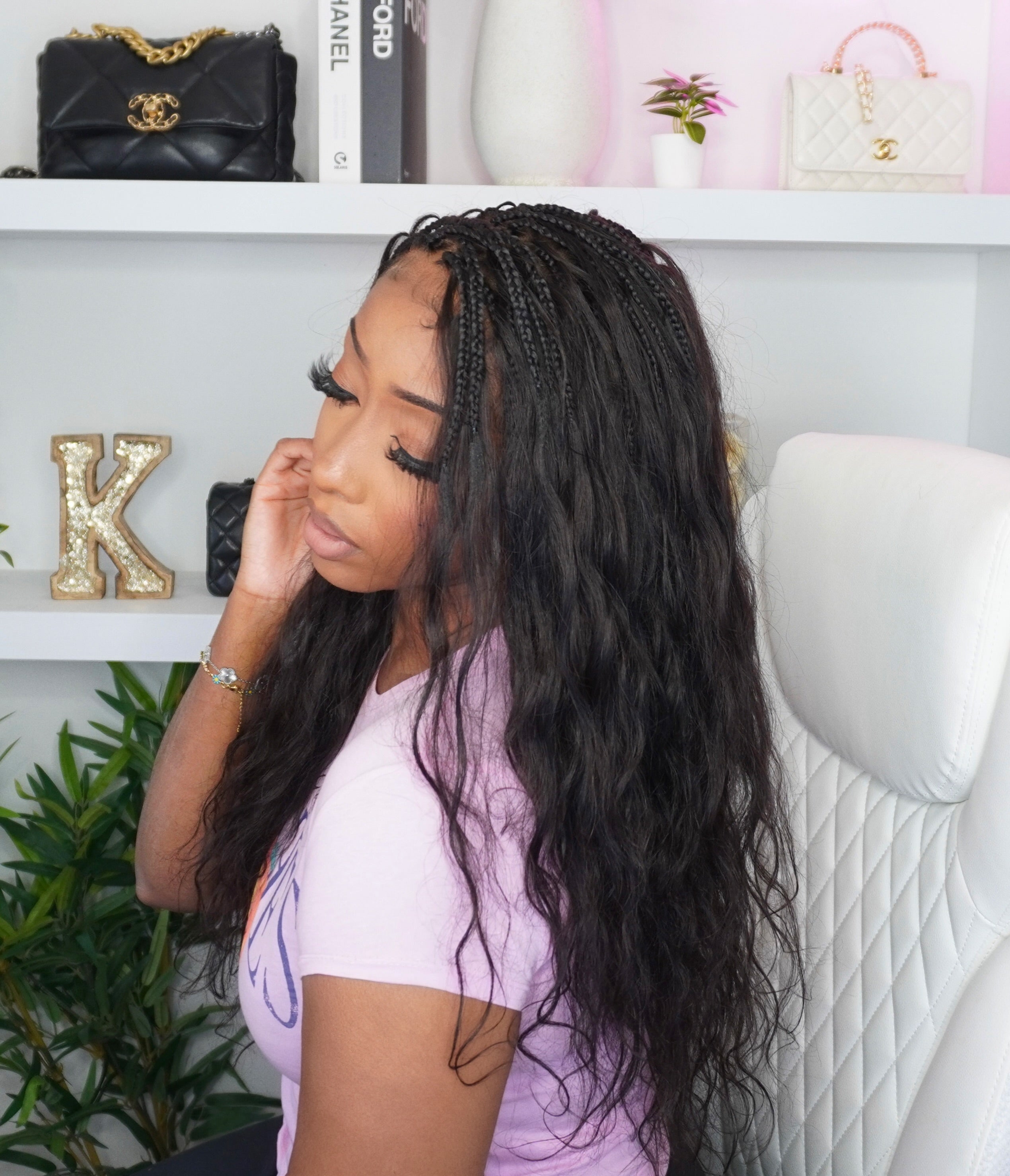

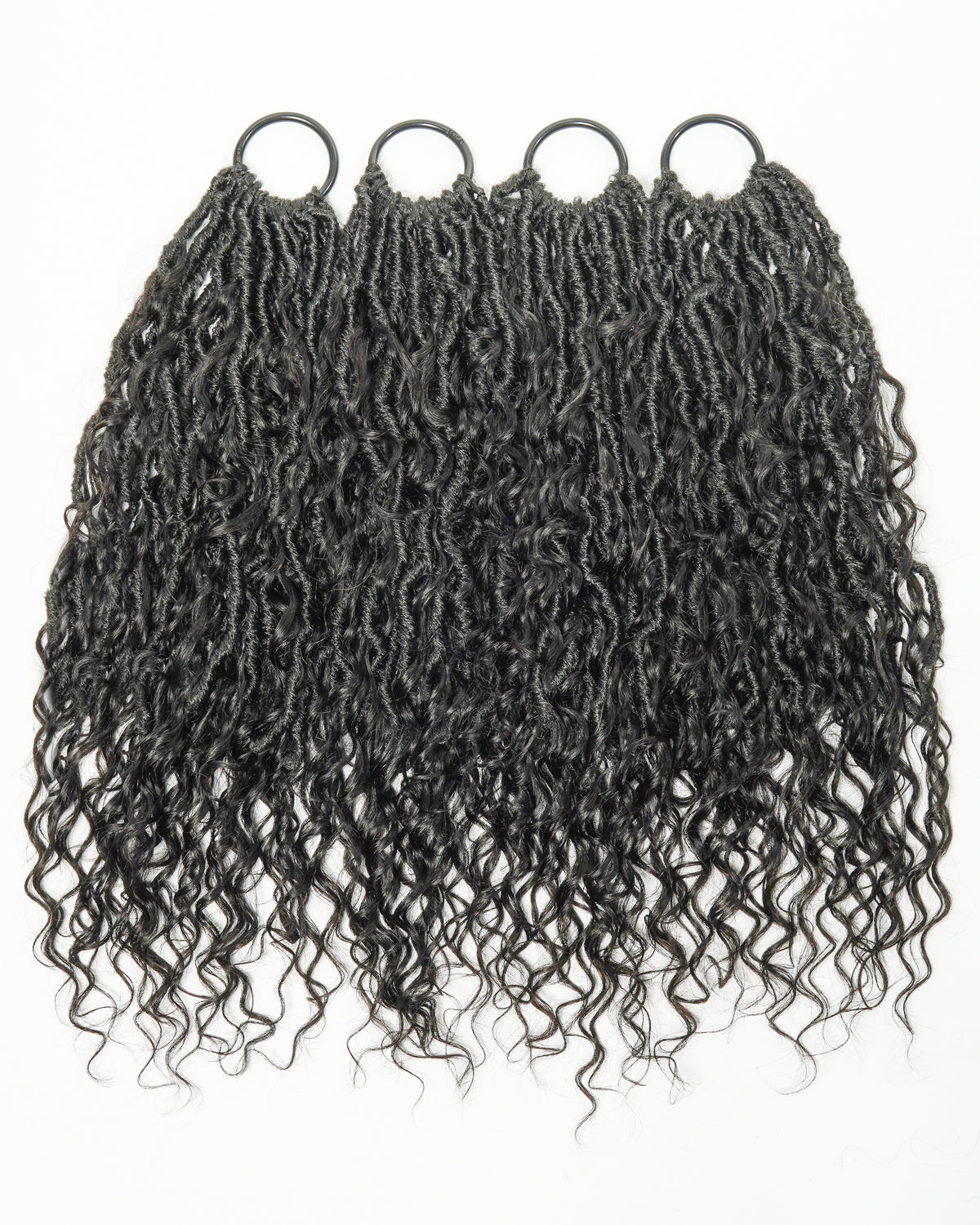
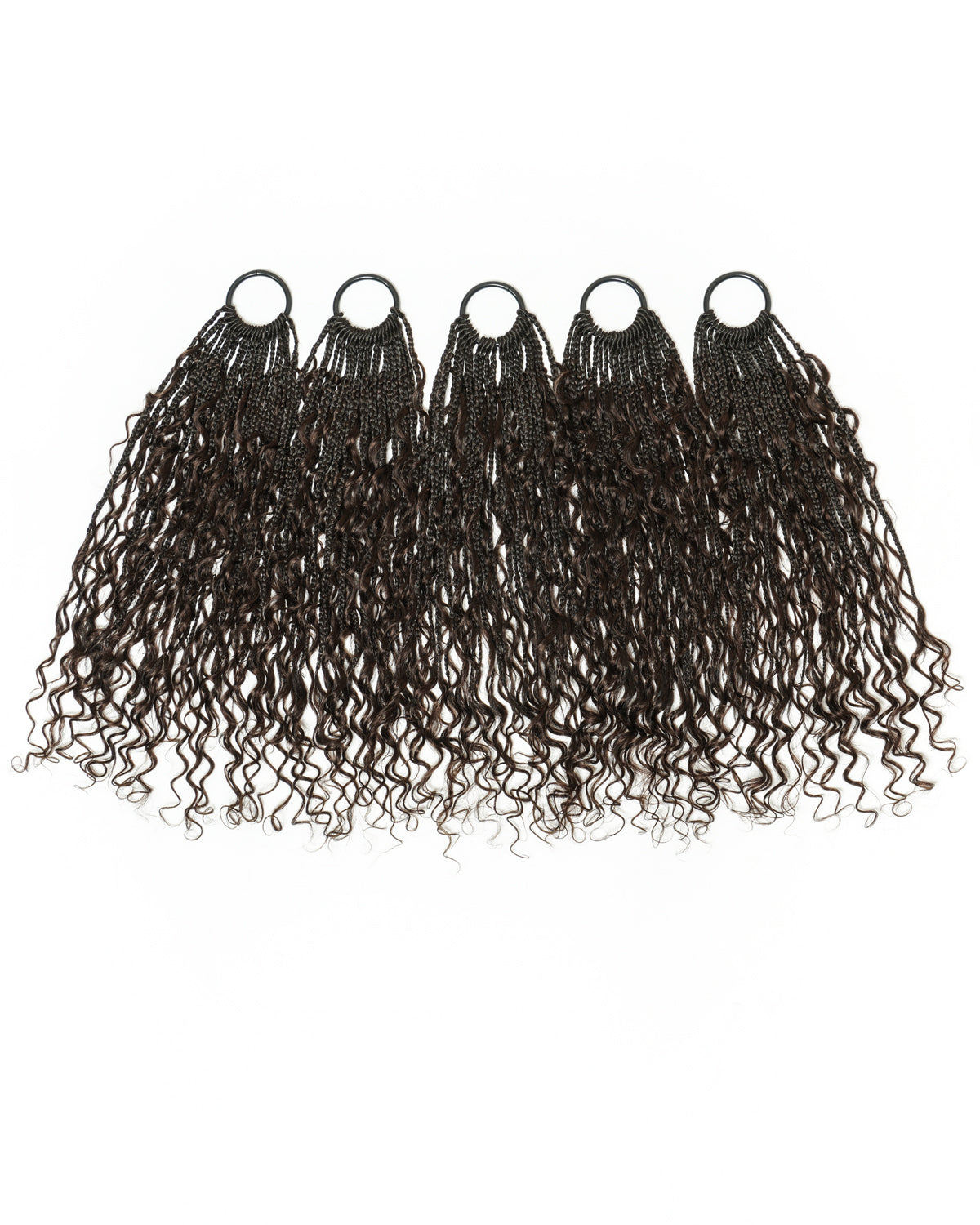
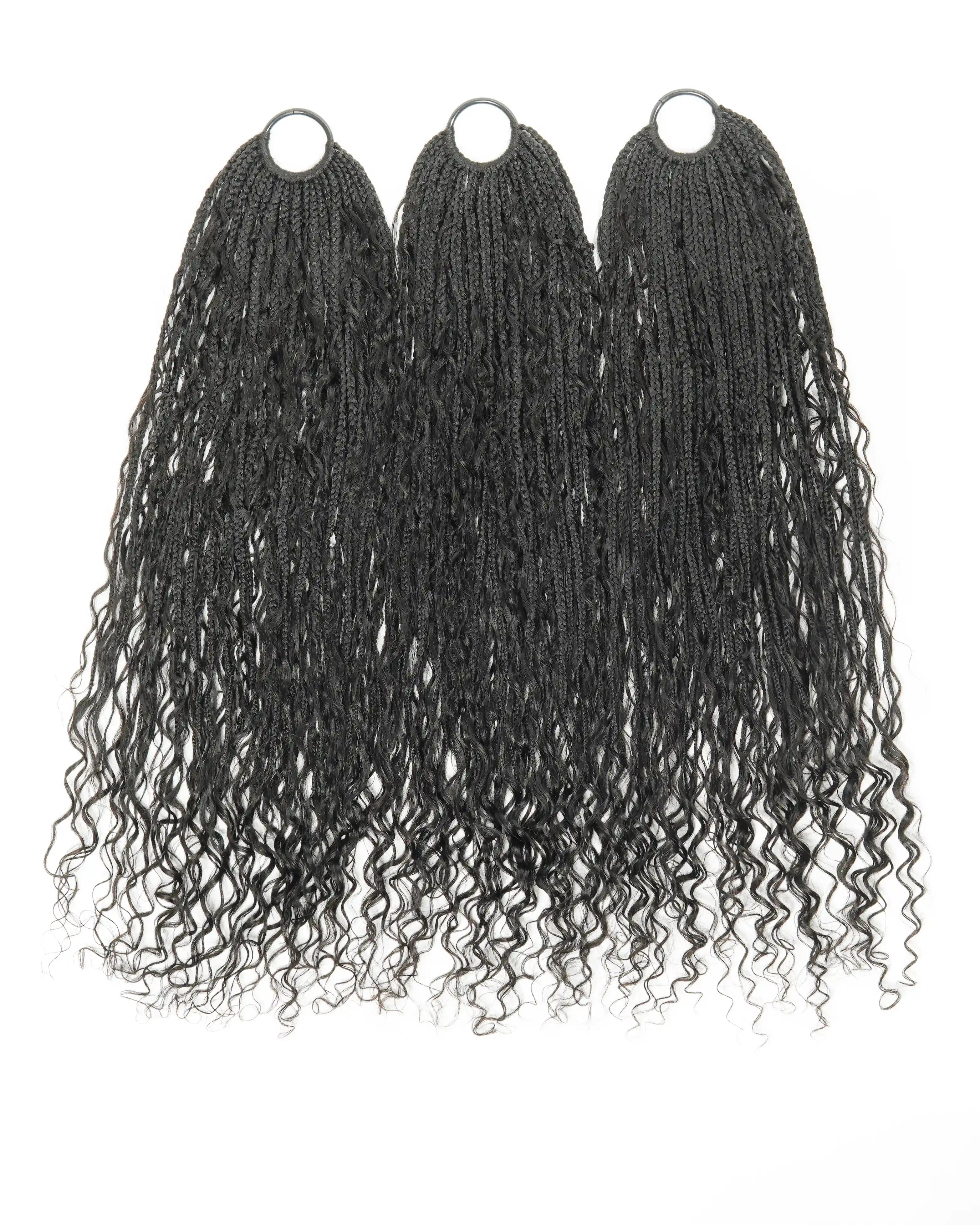
Share:
Stitch Braids vs. Cornrows: Unveiling the Intricacies of Protective Hairstyling
Unveiling the Art of Securing a Glueless Braided Wig on a Bald Scalp